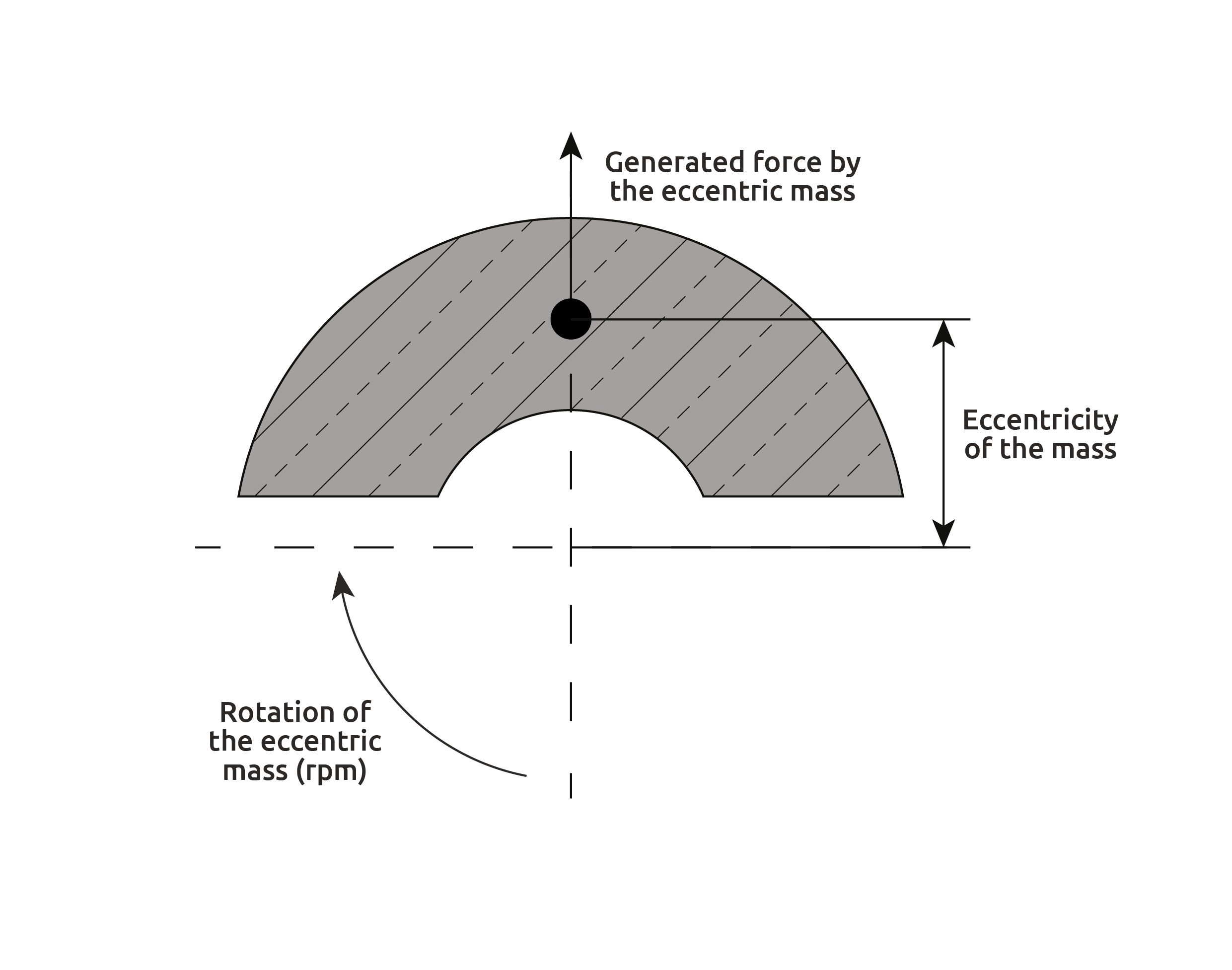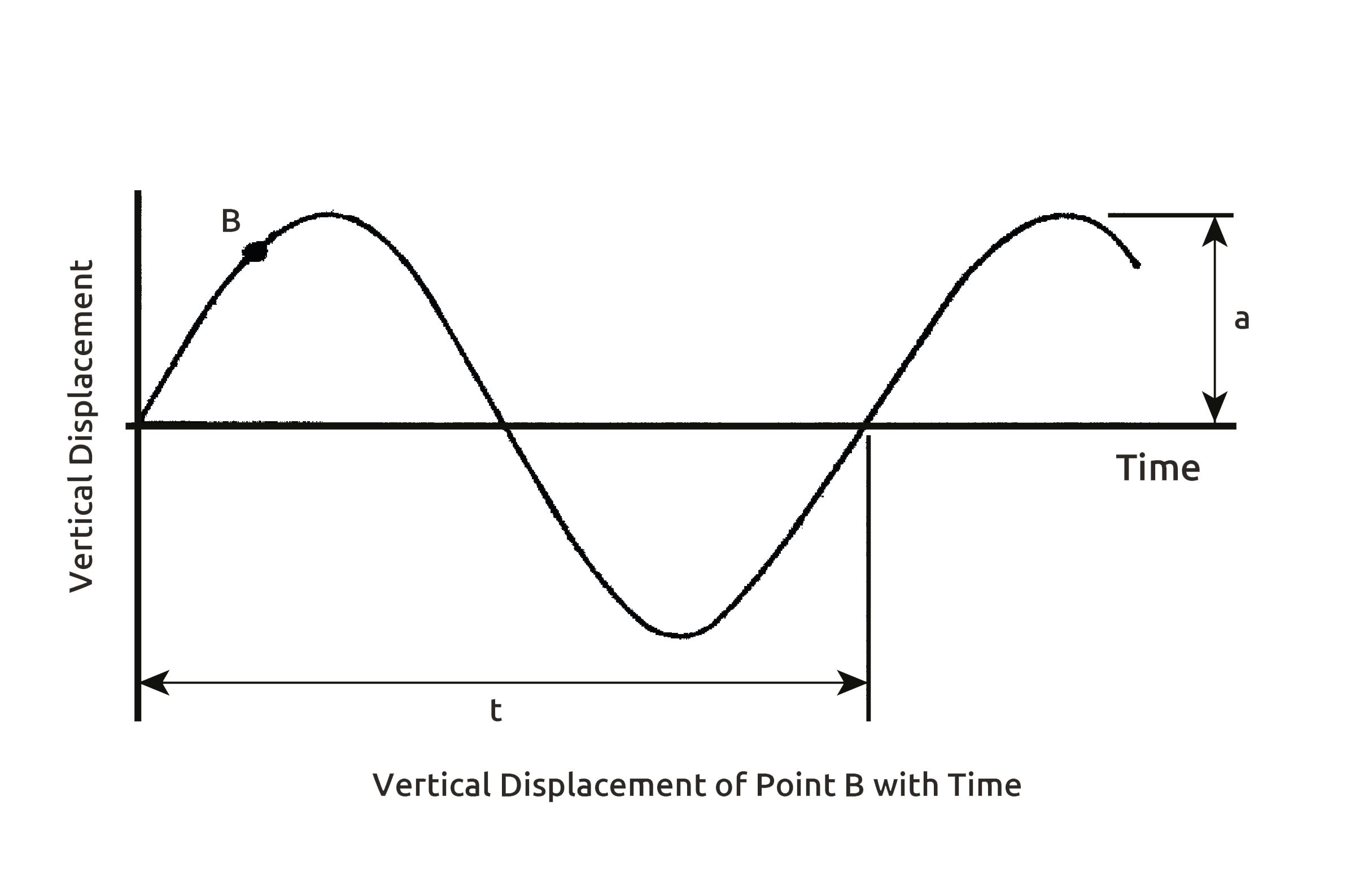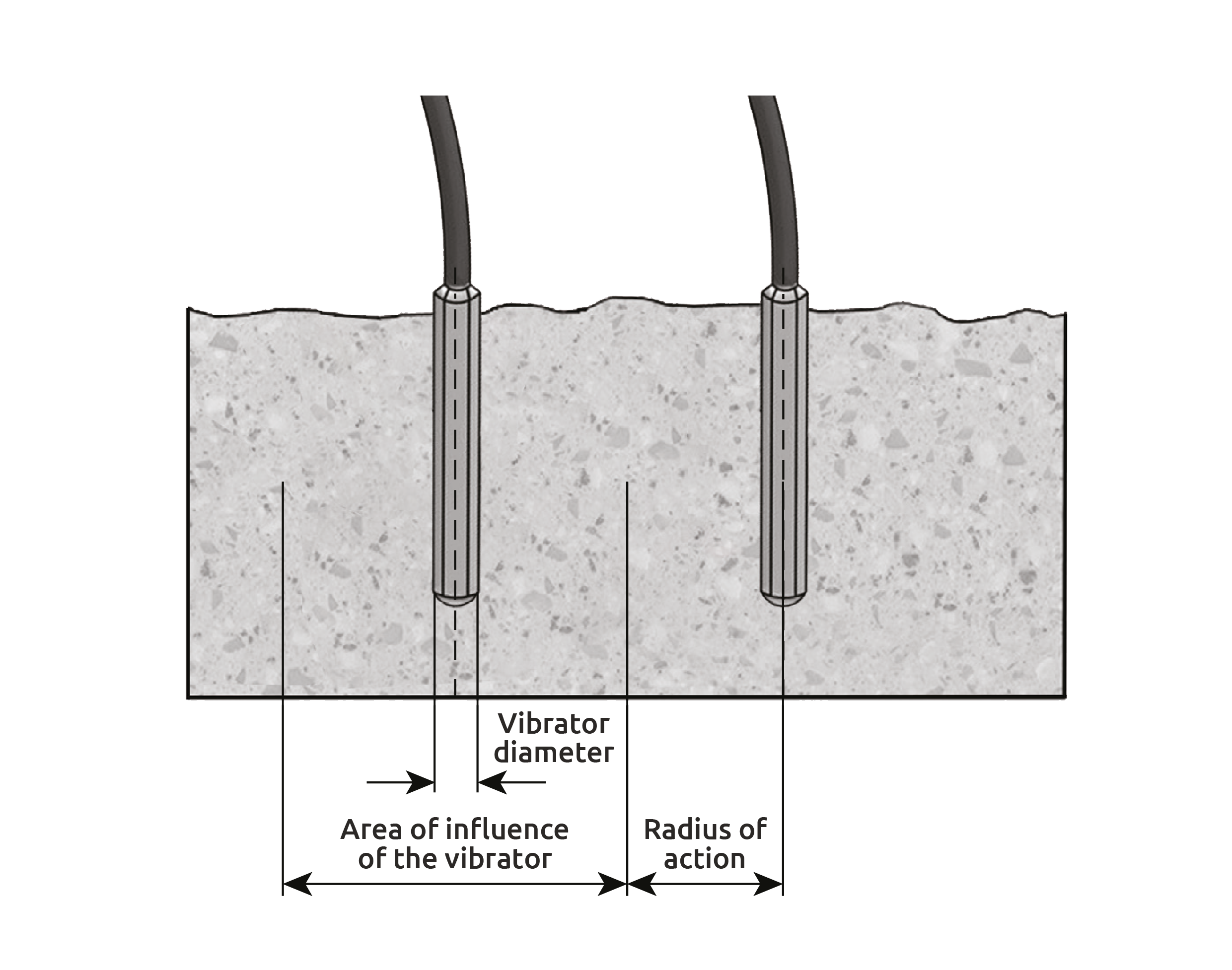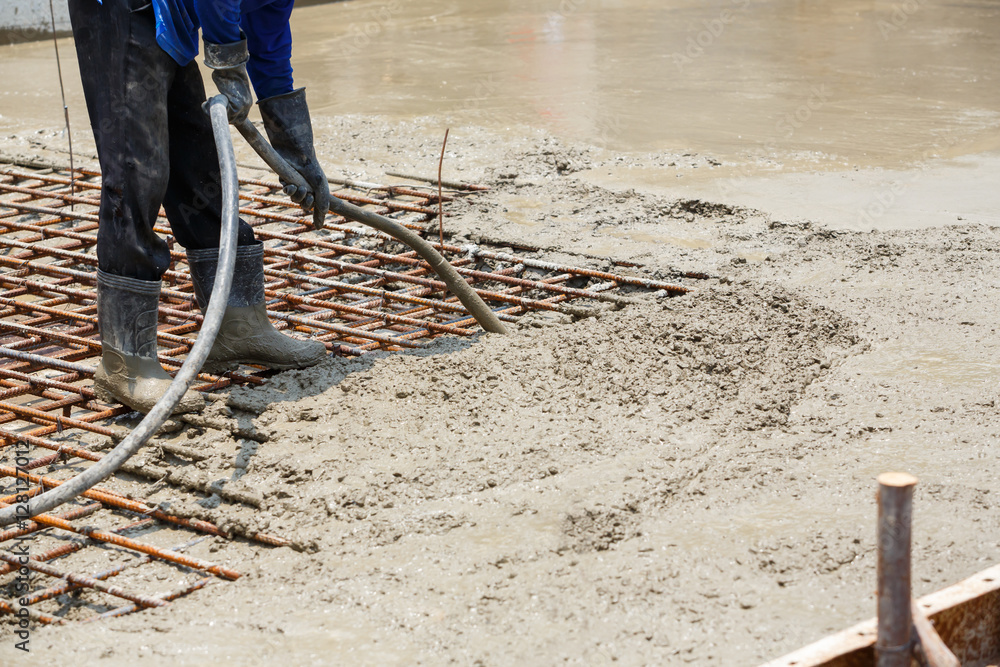
How to Choose the Perfect Concrete Vibrator Poker
In this article, we’ll explain how the diameter of a concrete vibrator poker affects its radius of action, and how to choose the right type depending on the structure you’re working with—whether it’s columns, walls, or slabs.
But before diving into the selection criteria, it’s important to understand how the entire system works. A concrete vibrator is made up of three main components:
Motor or power source: This can be electric (three-phase, single-phase, or battery-powered), pneumatic, or combustion-based (gasoline or diesel). It provides the power needed to operate the vibrator.
Transmission: This connects the motor to the poker and transfers the generated energy. Transmission lengths range from 0.5 m to 16 m.
Vibrating poker: This is the part inserted into the concrete to generate the oscillations that enable compaction. Poker diameters range from 25 mm to 100 mm. There’s also a rubber-tipped option, ideal for tight spaces to prevent damage to formwork and other elements.

The vibrating poker sends oscillations through the concrete, reducing internal friction between particles. This temporarily fluidizes the mix, allowing the concrete to:
- Conform perfectly to reinforcements and molds
- Reach difficult areas
- Release trapped air bubbles to the surface
How to select the right concrete vibrator poker
Choosing the correct poker diameter is crucial for effective concrete compaction. It directly impacts structural integrity, surface finish, operator effort, and the overall durability of the project.
Here’s how to make the right choice:
- Spacing between reinforcements determines the maximum poker diameter you can use. Since the poker oscillates during operation, leave a safety margin to avoid hitting the formwork.
- Structure height dictates the required transmission length. Use a transmission at least 1 meter longer than the depth where the poker will be inserted. For lengths over 6 meters, high-frequency vibrators are recommended.
- Power source availability also affects your choice. While electric is most common, if power isn’t available, you can opt for a combustion engine (gasoline or diesel), battery-powered units, or a compressed air system.
Once you’ve defined the poker diameter, transmission length, and power source, you can select the most suitable equipment for the job.
Choosing the right poker not only improves efficiency on-site but also ensures the structural quality of the concrete element.
Using the correct poker for vibration offers several advantages:
- Removes trapped air, reducing the risk of voids
- Enhances the strength and durability of hardened concrete
- Prevents cracks and surface defects that could compromise structural integrity
- Ensures a uniform mix with even distribution of aggregates and mortar
Diameter, amplitude, and radius of action: Key factors in choosing a vibrator poker
One of the most critical aspects of selecting a poker is its diameter—it determines both the volume of concrete it can compact and its radius of action. But understanding vibration amplitude is equally important, as it directly affects performance.
What Is Vibration Amplitude?
Amplitude refers to the maximum deviation of the poker from its neutral position during vibration. It’s generated by an eccentric mass rotating at high speed inside the head, creating an oscillating motion.
Factors affecting amplitude:
- Proportional to the eccentric mass and its offset
- Inversely proportional to the poker’s weight—the lighter the poker, the greater the amplitude
- Damping effect in concrete—the actual amplitude decreases once the poker is inserted into the mix

What Is the Radius of Action?
The radius of action is the distance from the poker to the point where its oscillations no longer affect the concrete. Beyond this radius, compaction is ineffective.
How to measure it on-site:
- Insert a vertical iron rod (∅20 mm) into the concrete
- Activate the vibrator near the rod
- Observe how far the rod sinks due to vibration
- The point where it stops sinking marks the radius limit

You can also identify the radius by observing the concrete surface: well-compacted areas appear smooth and shiny, while poorly compacted zones show imperfections.
The radius of action is directly linked to the poker’s diameter. As a general rule, vibration points should be spaced 6 to 10 times the poker diameter, depending on the concrete’s consistency (dry or fluid).
To ensure full coverage, insert the poker at intervals of 1.5 times the radius of action so that each vibration zone overlaps.
Choosing the right poker based on structure type
Each structure requires a specific setup to ensure proper compaction and avoid defects. The general rule is to use the largest poker that can be safely inserted for maximum efficiency.
Columns (30x30 – 40x40 cm)
- Poker diameter: 25–40 mm
- Radius of action: 20–30 cm
Recommendations:
- Use small-diameter pokers to navigate between reinforcements
- Ensure the poker is long enough to reach the base of the column
Walls
- Poker diameter: 40–50 mm
- Radius of action: 30–40 cm
Recommendations:
- Opt for medium-diameter pokers for a balance of performance and maneuverability
- Match the poker length to the wall height
Slabs and Foundations
- Poker diameter: 60–75 mm
- Radius of action: 40–50 cm
Recommendations:
- Use large-diameter pokers to cover wide areas quickly
- Shorter pokers are sufficient since depth is usually minimal
Conclusion: How to Choose the Ideal Vibrator Poker
To make the right choice, consider:
- Structure type: columns, walls, or slabs
- Volume of concrete to compact
- Accessibility of the area
- Appropriate frequency and diameter
A well-informed decision improves efficiency and ensures the structural integrity of the concrete. Don’t underestimate the impact of a good vibrator poker—it’s key to achieving professional, long-lasting results.
Need expert advice?
At ENAR, we specialize in concrete vibration and light construction equipment. If you’re unsure which poker is best for your project, visit our website and reach out to our technical team. We’ll be happy to help you find the ideal solution for your job.
Related News

5 Benefits of High-Frequency Vibration
.webp)


.jpg)
.webp) i-SPYDER
High-Frequency Electronic Converter
i-SPYDER
High-Frequency Electronic Converter